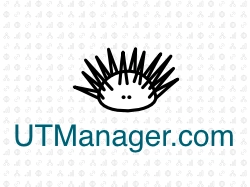Landing pages are essential components of effective digital marketing campaigns. They are typically reached by clicking on a call-to-action (CTA) from an ad, email, or social post, and are purpose-built to guide visitors through the conversion path with minimal distractions.
Key characteristics of high-performing landing pages include:
- Single Goal & Focused Content: Every element on the page supports the primary conversion goal (e.g., lead generation, sales, or event registration).
- Compelling Headline & Value Proposition: Clearly communicates what the visitor will get and why it’s valuable.
- Concise, Persuasive Copy: Addresses user pain points, benefits, and trust factors without overwhelming.
- Prominent CTA: Encourages the desired action, often repeated strategically on longer pages.
- Lead Capture Form (if applicable): Collects only the necessary information to reduce friction.
- Visual Trust Signals: Testimonials, reviews, security badges, or recognizable logos to build credibility.
- Distraction-Free Layout: Typically removes site navigation to keep focus on the conversion goal.
Example: A marketing agency runs a LinkedIn ad promoting a free “2026 Digital Strategy Playbook.” The ad leads to a clean landing page with a bold headline, a short description of the guide’s benefits, a simple form (name + email), and a clear “Download Now” CTA. There are no menus or unrelated links—just a focused path to conversion. As a result, the landing page converts 42% of visitors into leads.
Well-designed landing pages are critical for improving conversion rates, ad performance, and lead quality. Marketers often A/B test headlines, images, forms, and CTAs to continuously optimize results.
